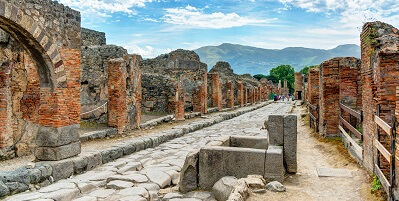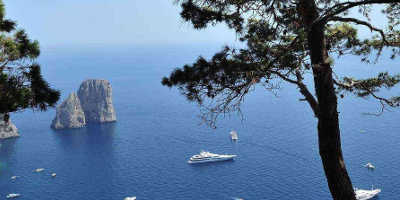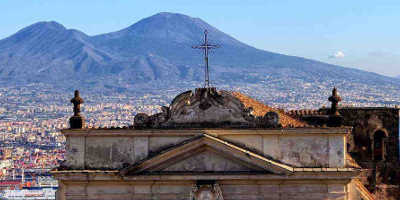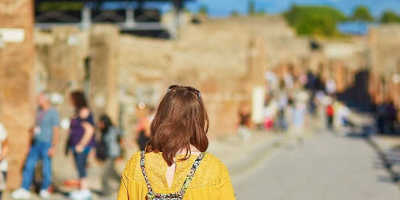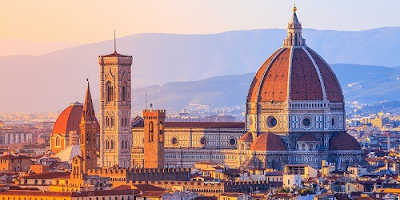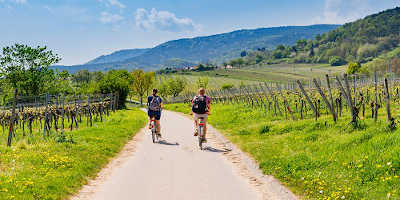The Most Dangerous Volcano in the world?
Defined as a rupture in the earth’s crust, volcanoes are a fascinating natural phenomenon, as well as being hugely disruptive. Find out about some of the world’s most dangerous volcanoes, some of which are still active!
Scattered throughout our planet are gigantic volcanos with fiery peaks and molten rock. Dispersed along our coasts, islands, and inland areas, these volcanos are a natural vent to the planet’s crust. Transferring scorching hot lava from the depth of the Earth’s core to the surface through explosive eruptions. Volcanos have been around long before humans arrived, existing for thousands of years. They are made from the boiling hot magma that sits below the earth’s crust and every now and then will rise up into cracks in the lithosphere. Over a long time, the magma may accumulate, forming what’s called a ‘magma chamber’. When it eventually reaches the earth’s surface it creates a volcano. Volcanoes often form or appear in three main types of locations. The first is in hot spots, where an unusually large amount of magma has accumulated, secondly are when tectonic plates start to diverge, allowing the magma to rise to the surface, and thirdly is when plates are moving towards each other and subduction takes place forming new magma.
Nowadays, there are an assortment of volcanos still remaining, ranging from frequently active, dormant, or even extinct that are merely mountains now. But how have experts been able to asses which volcanoes are the most dangerous? How have they configured such a list? Well, several factors come into play when assessing a volcanoes danger-levels. These include population density surrounding the volcano, the types of magma that emerge during eruptions and each volcano’s eruption history.
Here is our list of the deadliest volcanos to humans on earth:
-
Mount Vesuvius
Mount Vesuvius is famously known as the volcano that destroyed Pompeii. Leaving behind a buried city that was burned alive in 79 A.D. A good deal of people may believe that a volcano’s devastation is due to the hot lava that flows from its top, but it is much more complex than that. With waves of different events that aided in the ancient city’s destruction. For the Pompeii people, their tragic end was met by large pyroclastic waves of gas, ash, and debris that hurtled down towards the city at speeds of 700km per hour. Hitting the people that burnt them alive with temperatures of up to 700 degrees Celsius. Mount Vesuvius is said to be due for another eruption, which could cause catastrophic damage for around 3 million locals and tourists surrounding the volcano. The magma lying underneath the volcano laying in wait is said to be one of the largest volumes of magma on record.
-
Mount Rainier
What makes this volcano one of the top deadliest in the world is its high elevation, chemical composition, and its distance from residences. A neighbour to Washington’s Seattle and Tacoma suburbs, the area is covered in tall pines and pure white snow. However, once Rainier erupts, the heat would melt the snow on top of the mountain, causing a devastating wave of mud and debris, named lahar, to sweep to the nearby towns. This demonstrates how it is not so much the eruption itself which will cause harm but the hazards that will follow it due to its surrounding landscape. Avalanches, landslides and floods could be triggered if the mountain erupts. If this happens, it will affect around two million people, with only 10 to 15 minutes to escape.
-
Novarupta Volcano
“Novarupta” meaning “newly erupted” in Latin is a volcano that was formed in 1912 during one of the largest eruptions of the 20th century. It released 30 times the volume of magma of the 1980 Mount St. Helens eruption, going down in history as one of the most powerful eruptions in the 20th century. It is located in the Katmai National Park in Alaska. Although the surrounding area to Novarupta in inhabited, past eruptions have seen its ash cloud reach across southern Alaska and parts of Canada. Fortunately no deaths directly occurred following the 1912 eruption, but eyewitness accounts from people located downwind in the path of the thick ash cloud describe the gradual lowering of visibility to next to nothing. Unlike the Armero Tragedy that saw whole villages and towns in Colombia unprepared and abandoned in the events running up to the Nevado del Ruiz eruption, the Alaskans were aided in their survival by traditional knowledge passed down through the generations from previous eruptions.
-
Michoacan-Guanajuato
Michoacan-Guanajuato is quite unique, instead of a large mountain, it is in fact a large volcanic field that takes the form of a large cinder cone, located in central Mexico. Its impending danger for nearby Mexico’s citizens makes it one of the riskiest volcanos around. With over 6 million people dwelling within 5 kilometres of this volcanic field, a current eruption could cause catastrophic harm. It has already erupted before lasting for ten years or over each time. El Jorullo is the name of the eruption that took place during the 18th century, from 1759-1774, El Paricutin being the name of the 20th century eruption that lasted from 1943 until 1952. Both grew in over 300 metres in elevation. Fortunately, in comparison to Pompeii and other eruptions, Michoacan-Guanajuato had minimal casualties, with three people dying from El Paricutin as a result of lightning strikes caused by the eruptions rather than lava or asphyxiation.
- As you can see, these volcanoes are all deadly in their own way and have their own hazards we need to be on the look out. Reflecting on these monstrous eruptions, it’s important that we learn from our mistakes and we take any volcanic warnings seriously in future. Unlike the citizens of Pompeii, we are fortunate in having the technology and equipment available to warn us in time.
With another eruption for Mount Vesuvius not only predicted but overdue, it’s time to see the ancient city whilst you still can.

